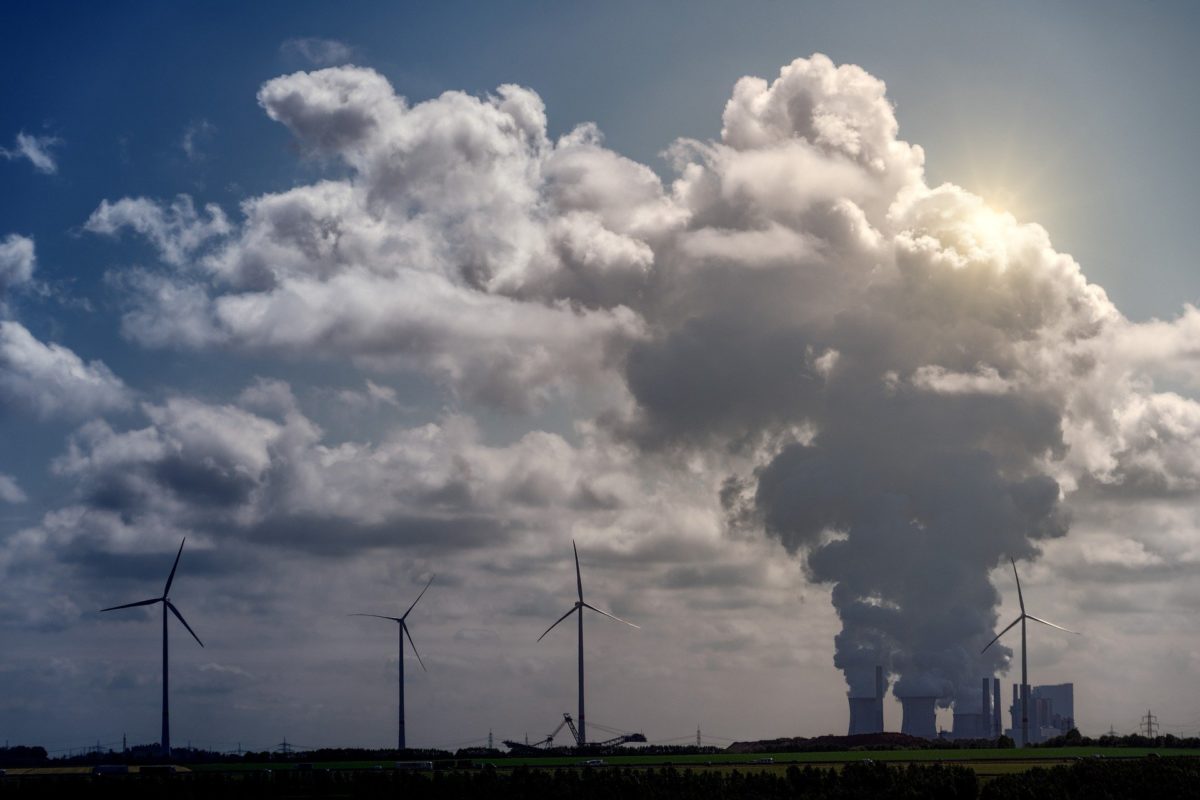Discoms in India could save up to INR 9,000 crore (USD 1.23 billion) each year by prioritizing coal power dispatch based on efficiency rather than variable costs, according to an independent study released today by the Council on Energy, Environment and Water (CEEW). The savings can provide much-needed respite to public discoms, which reported a loss of INR 61,360 crore (USD 8.4 billion) in FY19.
The CEEW findings are based on an investigation of 194 GW of Indian coal assets (out of a total capacity of nearly 205 GW) operational and generating between September 2017 and February 2020. The study found that prioritizing efficiency-based dispatch during this time could have improved coal fleet efficiency by 1.9%, resulting in annual coal savings of 42 million tonnes (MT) and a commensurate reduction in greenhouse gas emissions.
CEEW explored factors leading to under-utilization of some of the new and efficient coal plants in the current system that prioritizes plants based on variable costs. It assessed the factors driving the efficiency and variable costs of the coal fleet and proposed a scenario that prioritizes efficiency over variable costs in the dispatch mechanism.
The study found that in the reassigned scenario, where efficient assets are dispatched on priority, plants consume less energy, operate at a higher load factor, and as a result, there were significant savings on variable costs of generation. The total savings on variable costs in this reassigned scenario amounted to INR 8,944 crore annually.
A significant portion of this savings is attributable to the savings from avoided coal consumption on account of the higher energy efficiency of the system. The reassignment prevents nearly 42 MT of coal from being unnecessarily consumed annually to meet the power demand. The overall efficiency of the fleet improved by 6%.
Decommissioning
The CEEW study also recommends considering 30 GW of India’s coal-based capacity for accelerated decommissioning. The proposed plants overlap with those identified for retirement in the National Electricity Plan (NEP), 2018.
The study recommends temporarily mothballing a further 20 GW of relatively new capacity that does not feature in the NEP list. Factoring in planned renewables and coal capacity, relegating these newer plants would not adversely affect supply at a system level. In fact, relegating these inefficient plants would additionally result in a one-time saving of INR 10,000 crore (US$ 1.37 billion) on account of avoided pollution control retrofits, stated the report authors.
Further, the study advocate for a unified electricity market that treats the whole country as a single dispatch region. The findings reinforce the Central Electricity Regulatory Commission’s (CERC) proposal to move away from bilateral scheduling of generation and focus on shifting to market-based economic dispatch (MBED).
The MBED mechanism for procuring bulk power has been proposed to begin in April 2022. By dispatching power through a central clearing mechanism, it aims to reduce power procurement costs by INR 12,000 crore.
Karthik Ganesan, Director of Research Coordination, CEEW, and the study’s lead author, said, “The slower-than-expected growth of power demand and the increasing competitiveness of renewable energy in India have left our coal assets under-utilized. While India is contemplating a net-zero commitment year, its current plants are entirely premised on renewable energy addition only. Given that India will continue to rely on coal power in the coming decade, it must rein in wasteful coal use and improve generation efficiency. Decommissioning a part of the fleet today could make coal power generation more efficient and less polluting and accelerate decarbonization in the power sector. Decommissioning identified assets will usher in new investments in a more balanced generation system that does not have the sword of surplus hanging over it.”
This content is protected by copyright and may not be reused. If you want to cooperate with us and would like to reuse some of our content, please contact: editors@pv-magazine.com.









By submitting this form you agree to pv magazine using your data for the purposes of publishing your comment.
Your personal data will only be disclosed or otherwise transmitted to third parties for the purposes of spam filtering or if this is necessary for technical maintenance of the website. Any other transfer to third parties will not take place unless this is justified on the basis of applicable data protection regulations or if pv magazine is legally obliged to do so.
You may revoke this consent at any time with effect for the future, in which case your personal data will be deleted immediately. Otherwise, your data will be deleted if pv magazine has processed your request or the purpose of data storage is fulfilled.
Further information on data privacy can be found in our Data Protection Policy.